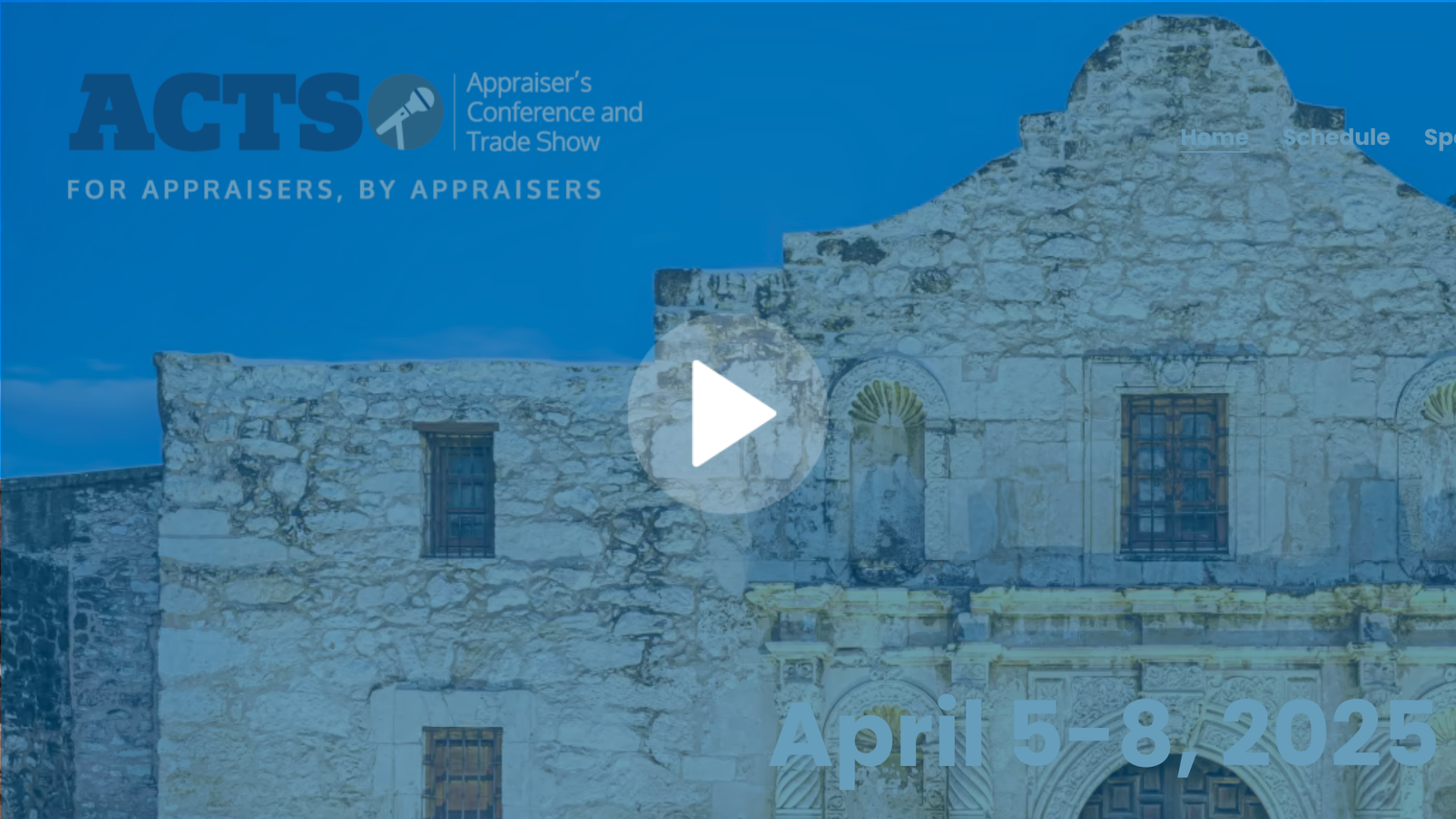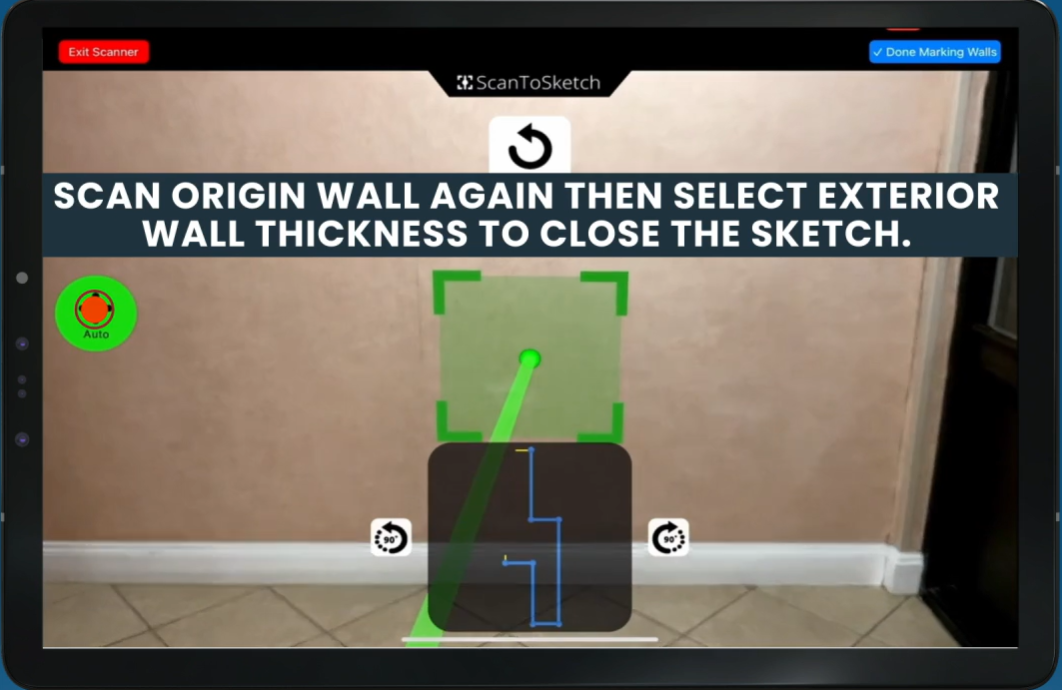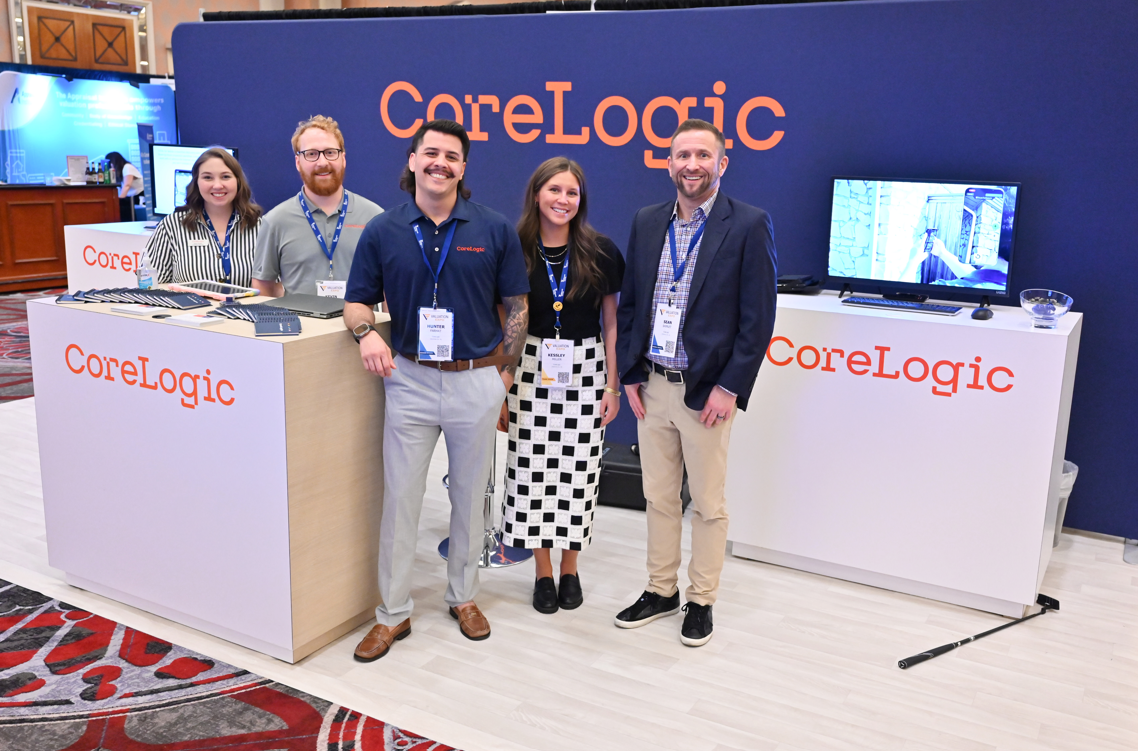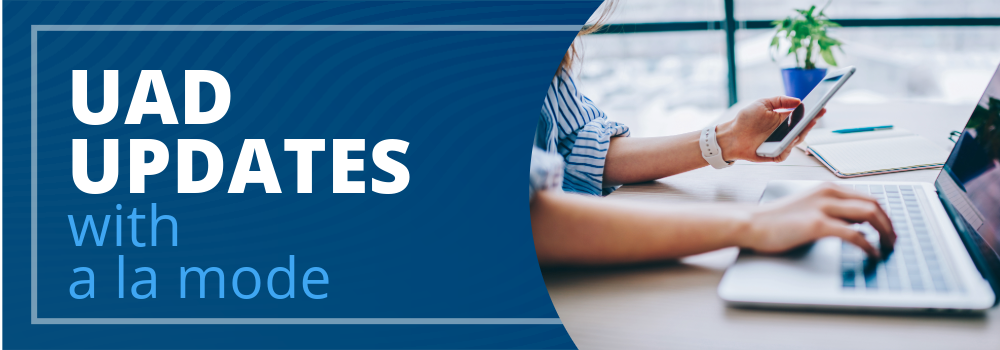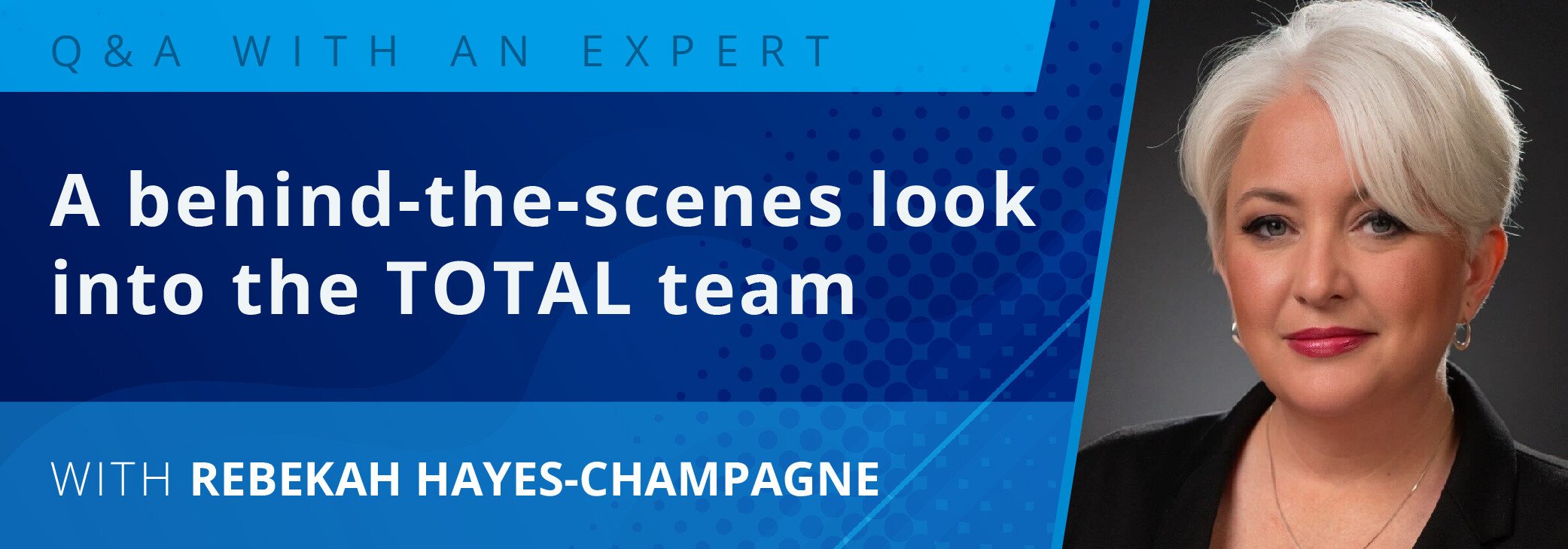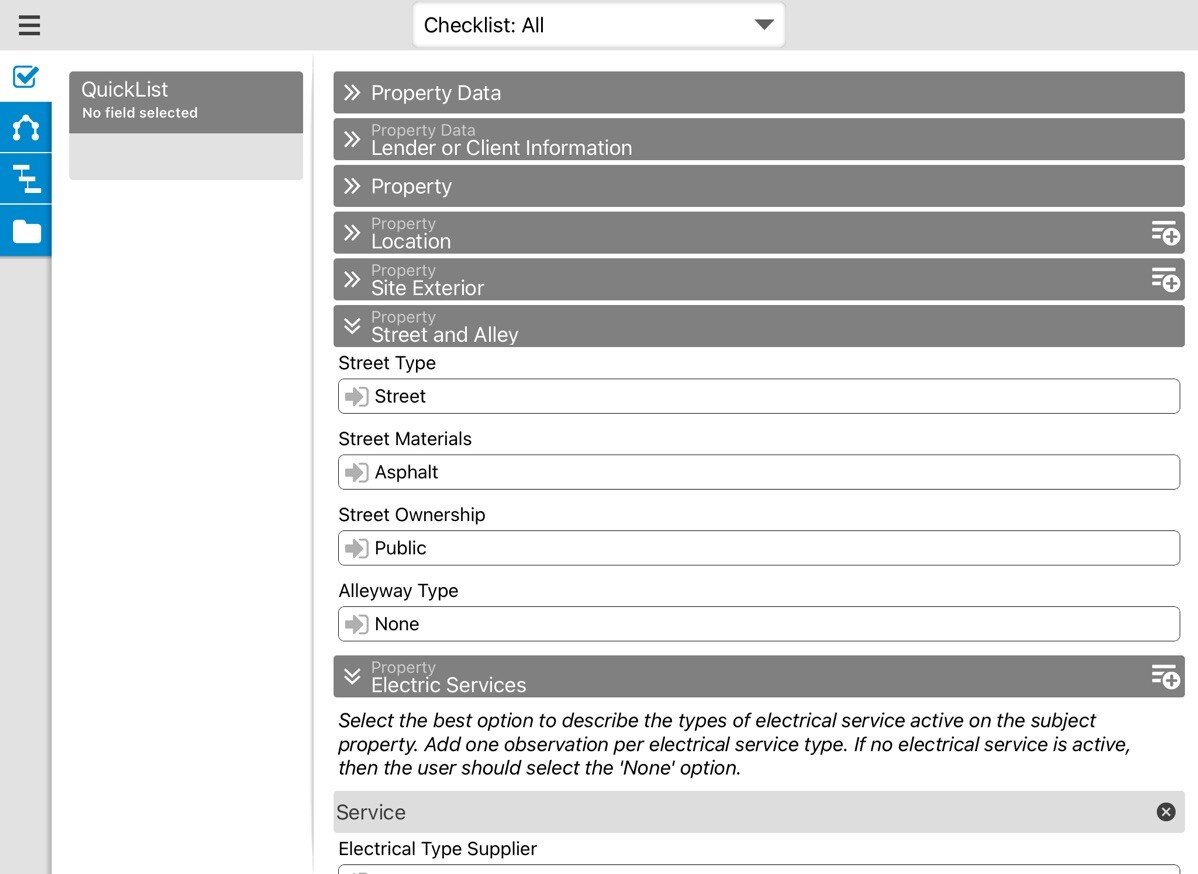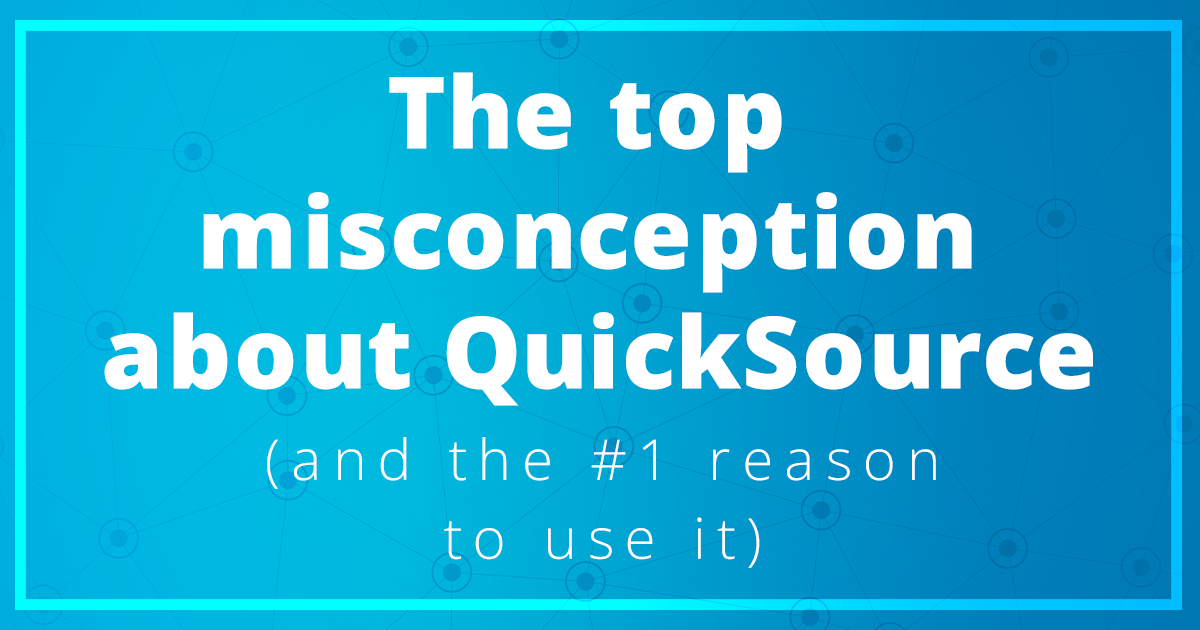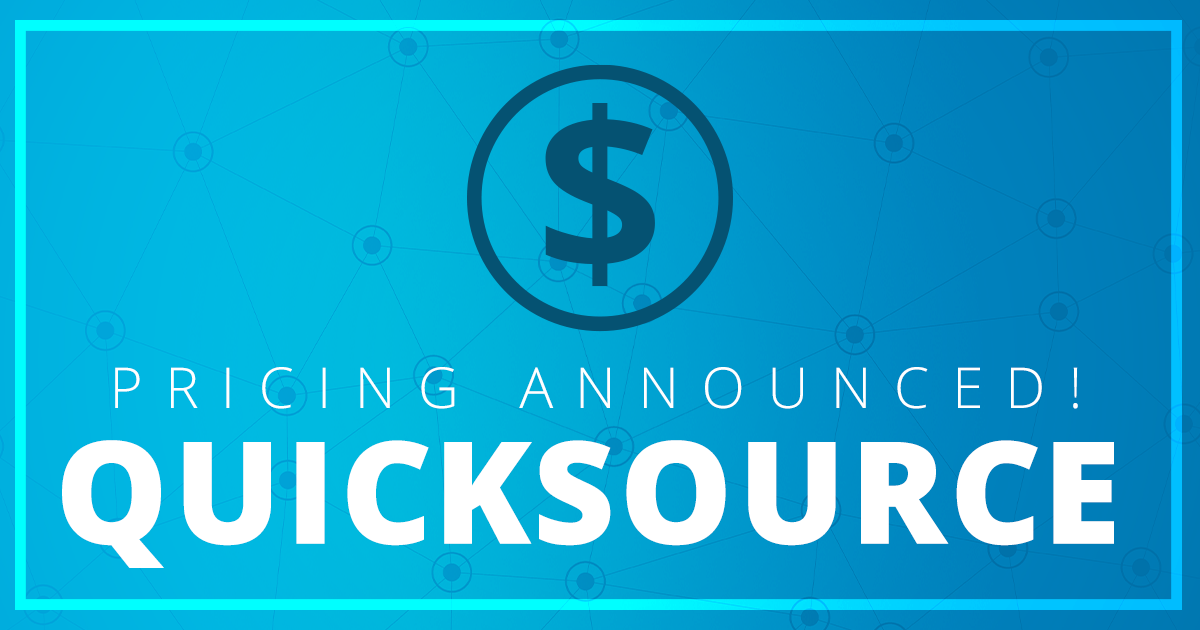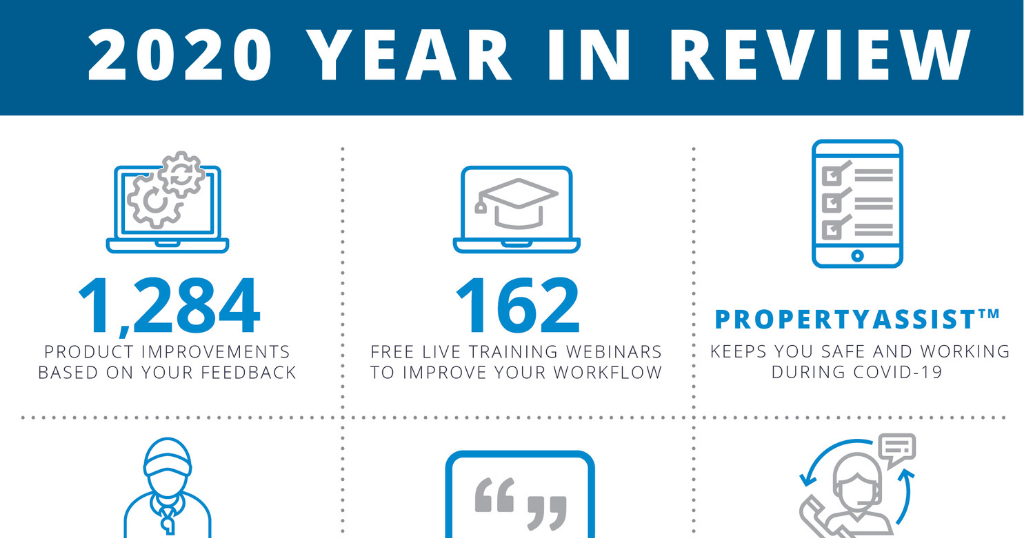Some time ago we wrote in this space about the unique problem of accounting for buyer incentives in a normalizing housing economy with a lot of inventory for sale. Based on the response, it was an issue you care about and are dealing with a lot. Now, more economists and housing sector watchers are paying attention, too.
In a 2007 housing market forecast (available in PDF form by clicking here), Wachovia Securities Senior Economist Mark Vitner worked out that every year, owing to population growth, obsolescence, and demand for second homes, an average of 1.75 million new homes need to be made available in the United States. During the past four years, though, about 750,000 more units have been built than that growth factor can accommodate. (Page 10 of the PDF.) This new construction will need to be "reduced substantially" over the coming years.
It is unlikely that builders will slash asking prices, Vitner opines, because that would negatively impact previous buyers in developments where the vacancies exist. Instead, they are likely to ramp up incentives. As you're well aware, incentives, particularly the most attractive ones to buyers, arguably mask the true arm's length market value of a house.
During even a robust sales cycle incentives might include landscaping, furnishings, alarm systems or other amenities. What's going on in many parts of the country now is incentives run amok.
Builders are routinely awarding cash to apply to closing costs and even buying down mortgage rates. The Modesto Bee reported in November that "most [local] builders have held their base asking price steady this year," but are doing it by "offering assorted specials such as free upgrades, lower mortgage rates or limited-time discounts on finished homes. Some of those incentives can be worth more than $100,000."
Investors Business Daily last month reported that Pulte Homes was offering San Francisco-area buyers $99,000 toward a down payment or financing, plus a week's vacation for two or a pool. Anecdotes like that illustrate square with the plainer language of accounting and investing. Home builder Lennar saw its costs related to incentives jump to 10.1 percent in the third quarter of 2006, up from 2.5 percent in the same quarter of 2005. Los Angeles based builder KB Home announced last month it would take a charge of between $235 and $285 million in the fourth quarter, owing in part to increased incentives needed to generate new orders.
A November survey of National Association of Home Builders (NAHB) members found that 59 percent of builders were offering incentives in order to maintain sales.
A Sarasota, Fla. area developer told the Sarasota Herald Tribune last week that luring buyers with promises of 100 percent financing is still working because "appraisals are coming in higher than transaction prices."


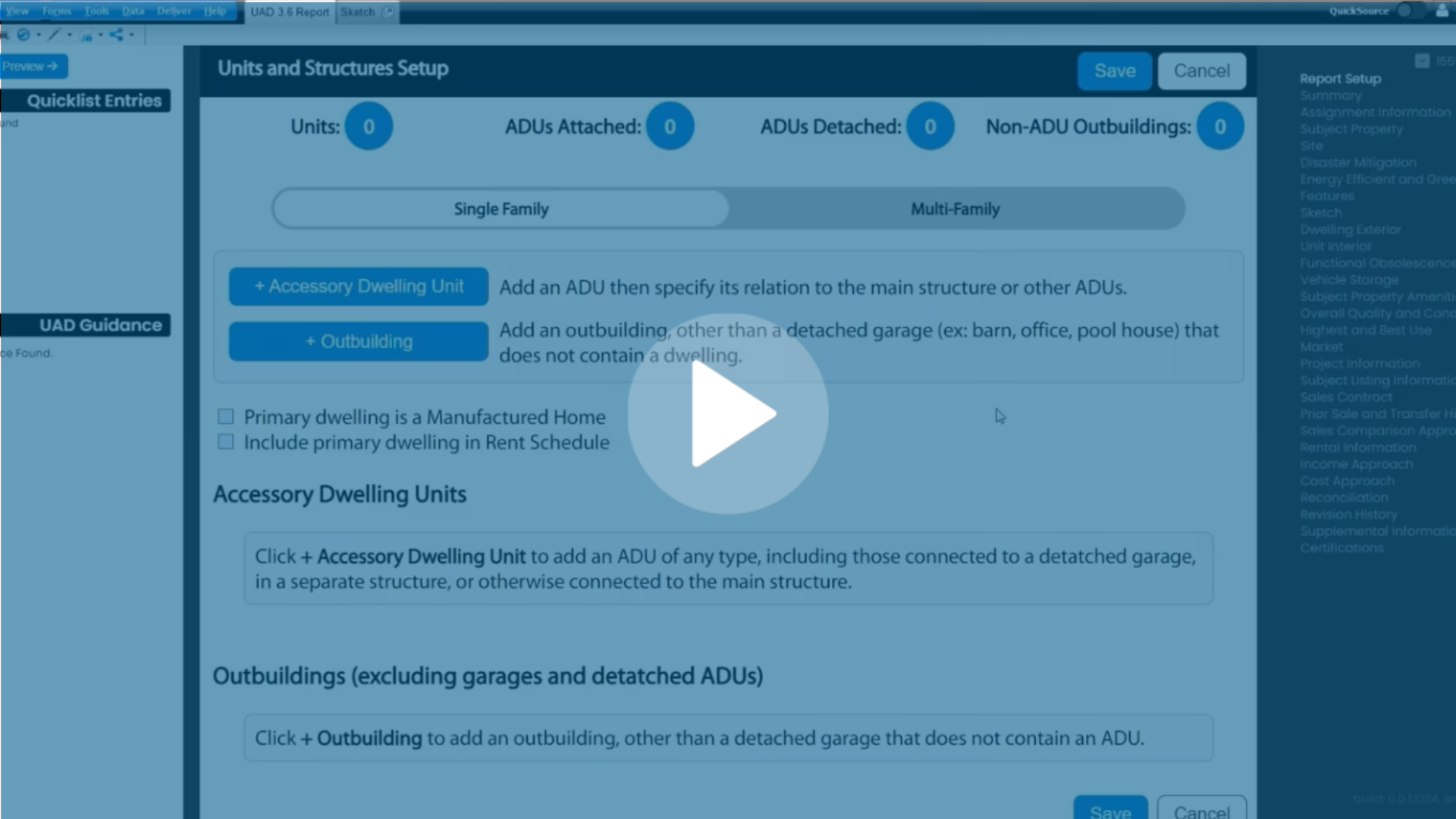
.png)

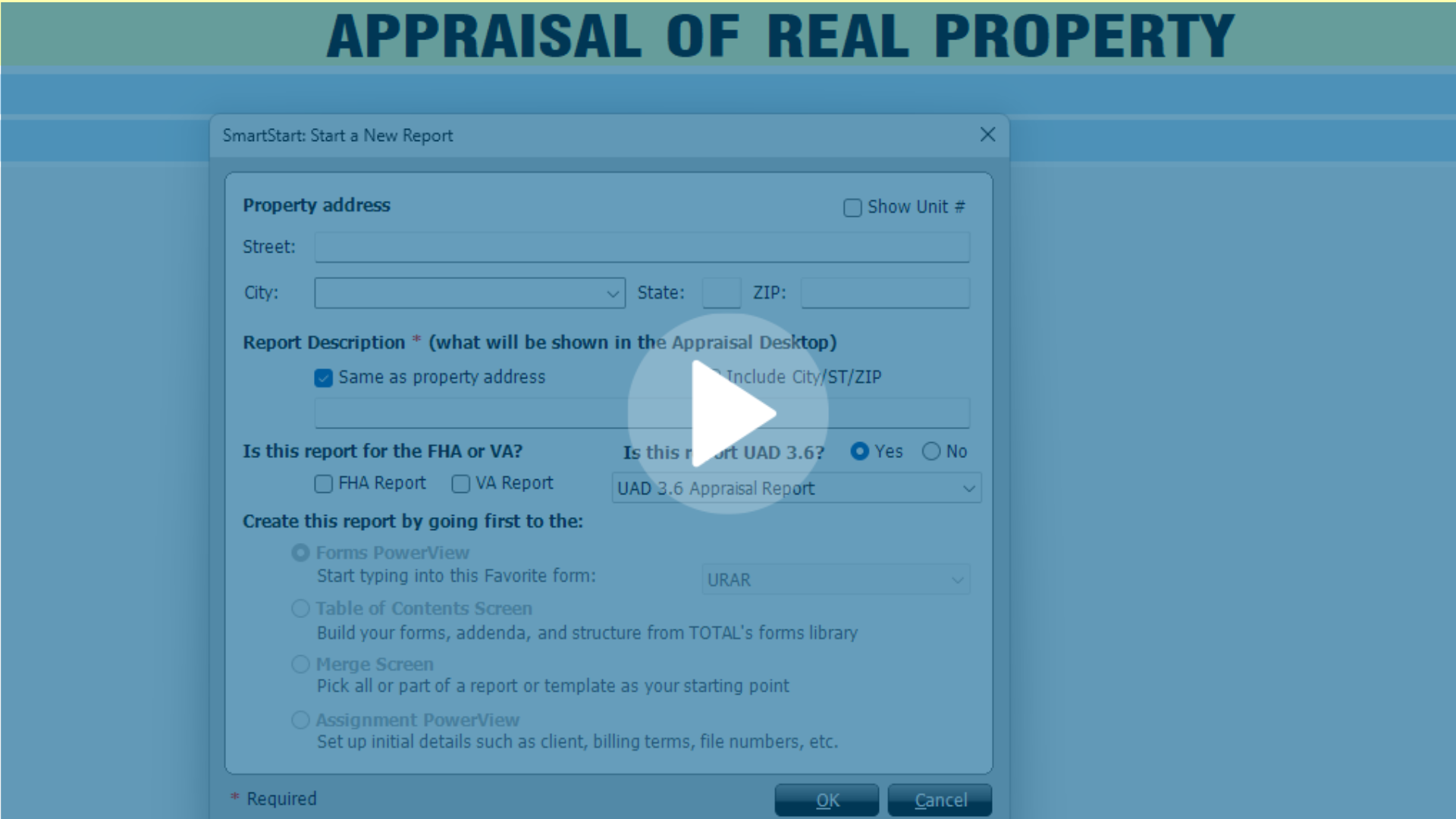
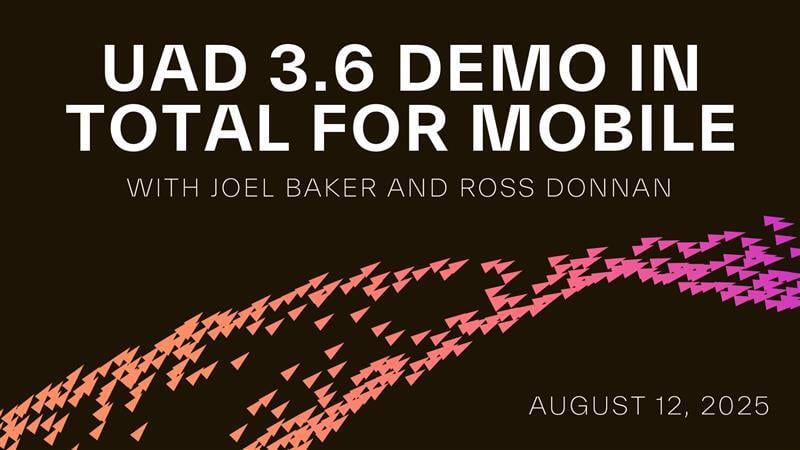

.png)
-1.png)
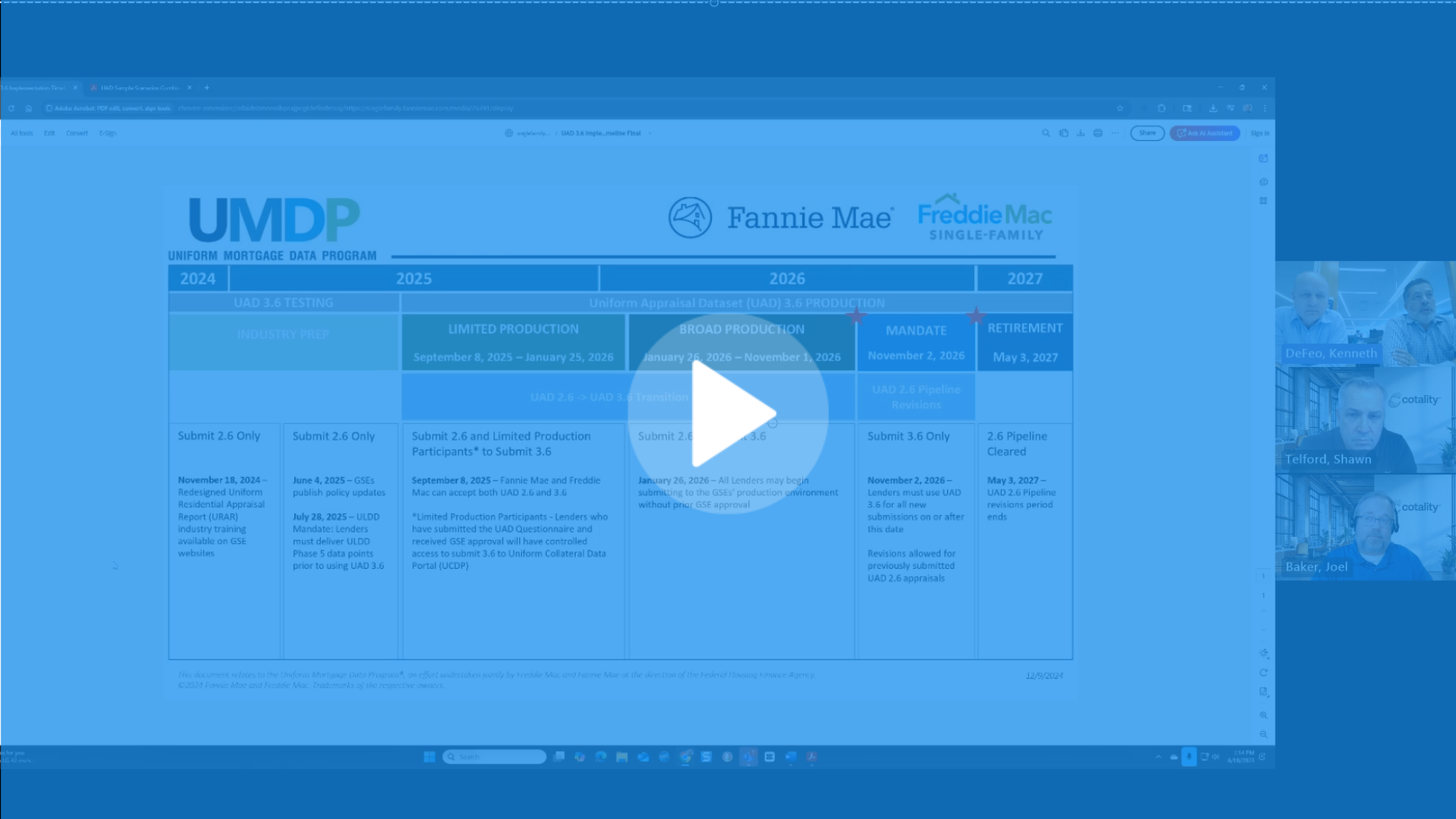
.png)
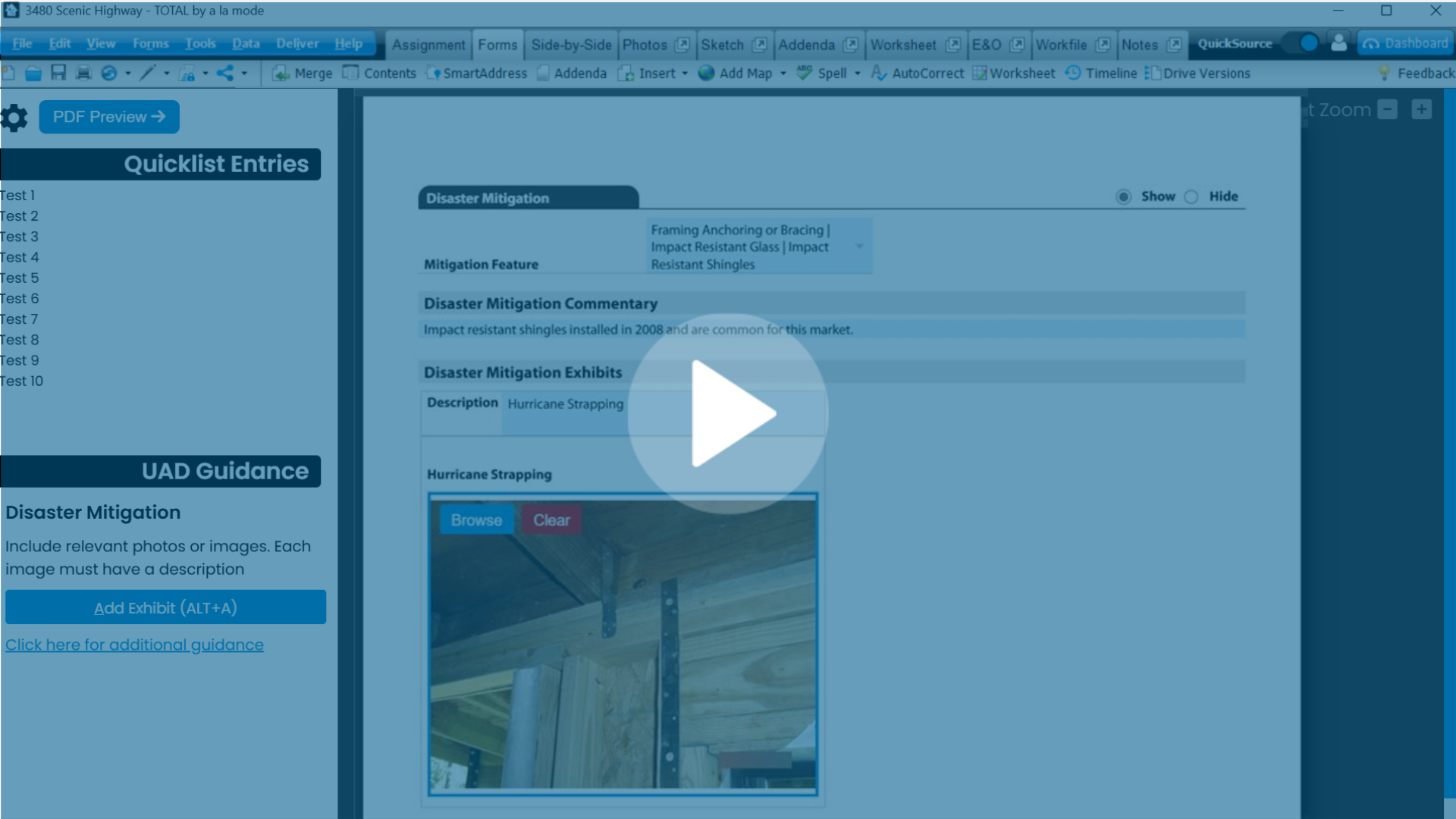
.png)
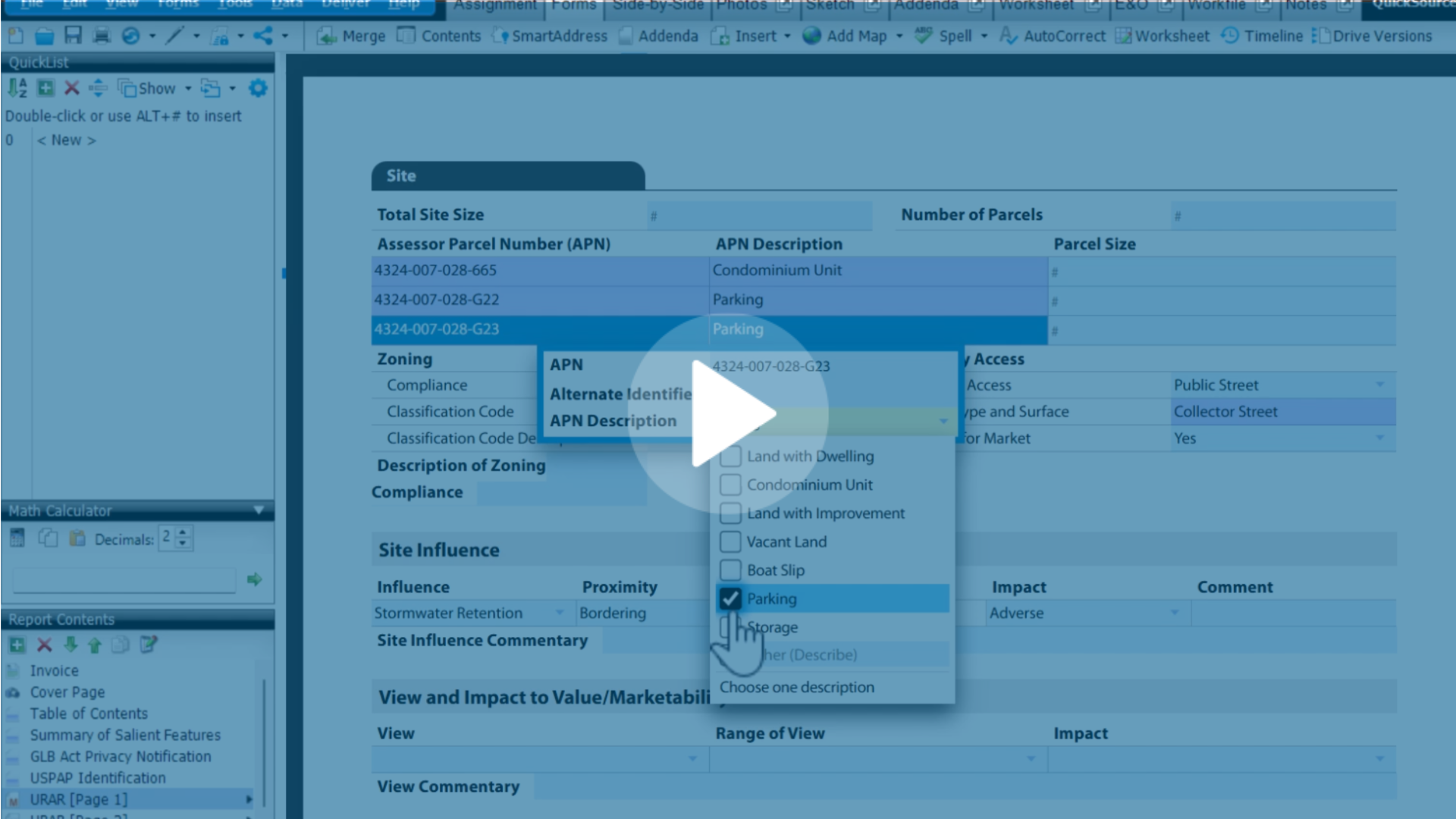
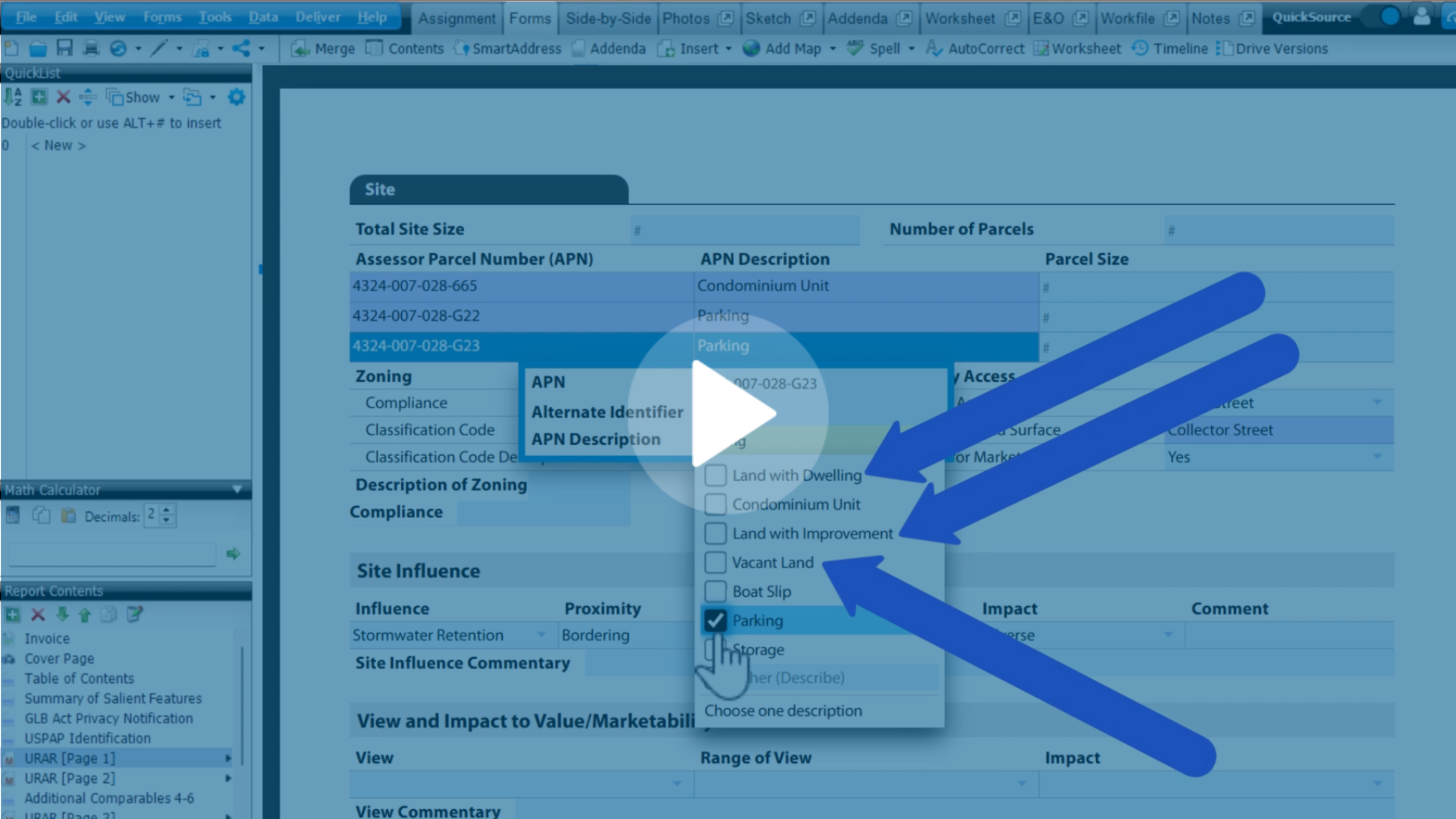
.png)
.png)
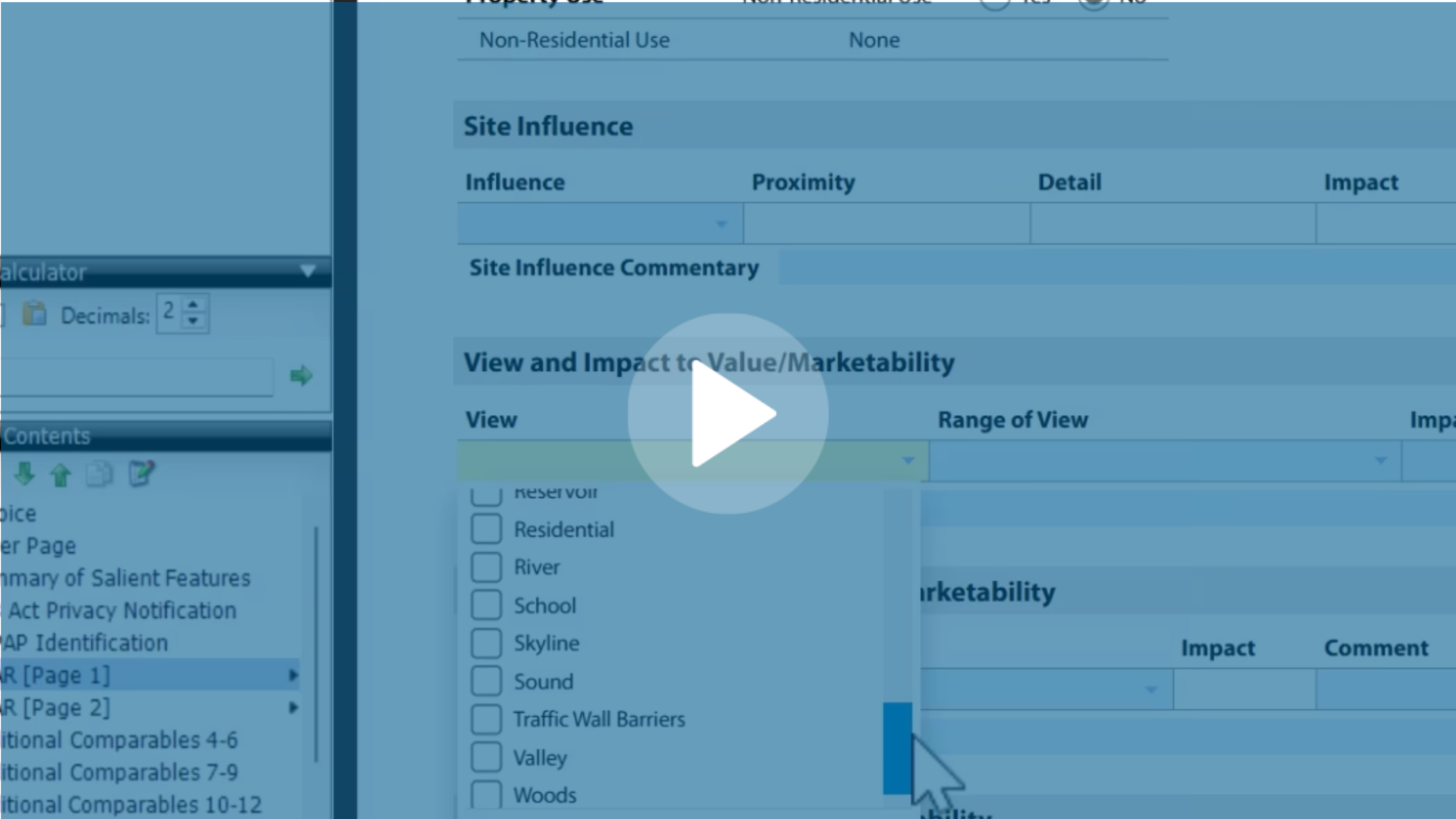
.jpg)
.png)
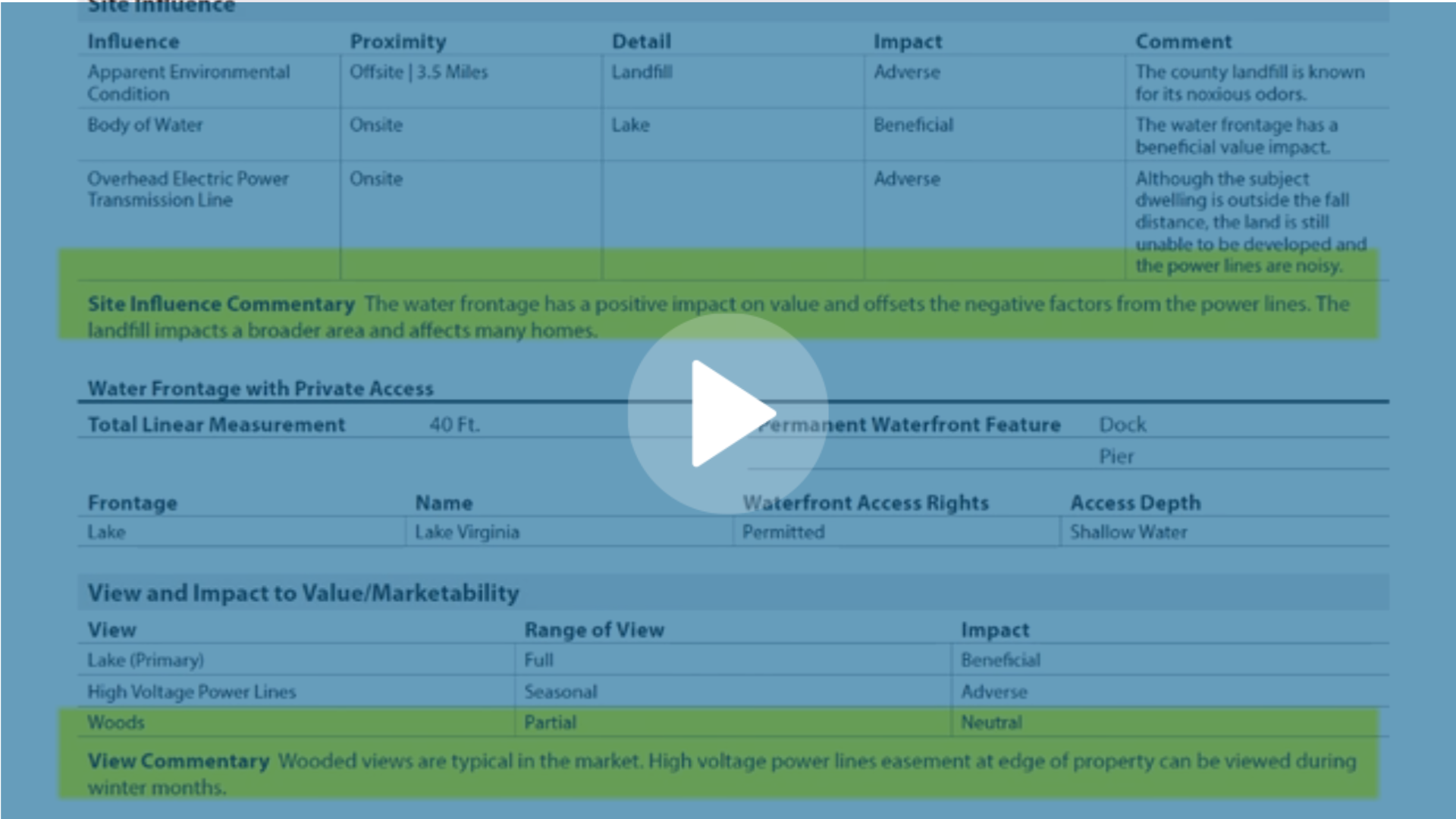
-1.png)
